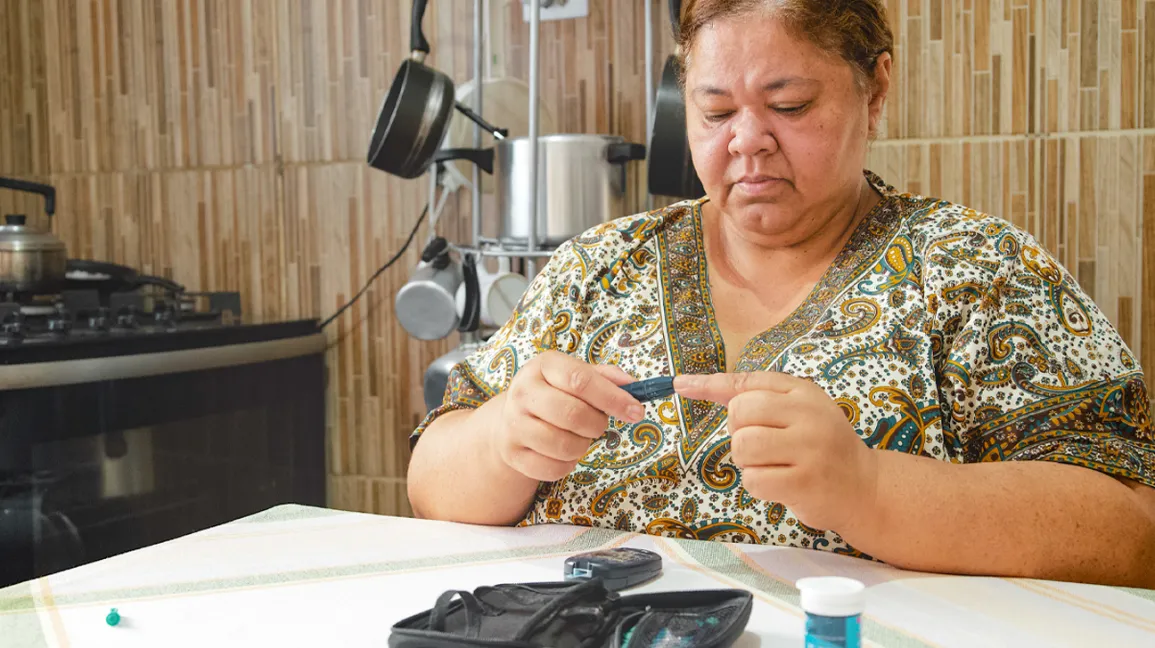Diabetic ketoacidosis (DKA) is a life-threatening condition that occurs in people with uncontrolled diabetes, especially type 1 diabetes. In DKA, the body cannot use glucose for energy and instead begins to break down fat for energy. This process produces chemicals called ketones that build up in the bloodstream and can cause a dangerous level of acidity.
Symptoms of DKA
The symptoms of DKA usually develop over a period of 24 to 48 hours and can be severe. Some of the most common symptoms of DKA include:
Increased thirst and frequent urination: As the body tries to remove the excess glucose and ketones, the person with DKA may feel an increased thirst and may need to urinate frequently.
Nausea and vomiting: Nausea and vomiting can occur as a result of high levels of acidity in the bloodstream.
Abdominal pain: Abdominal pain is also a common symptom of DKA and may be caused by the build-up of ketones in the bloodstream.
Weakness and fatigue: The person with DKA may feel weak and fatigued due to the lack of energy available from glucose.
Rapid breathing: Rapid breathing can occur as the body tries to remove the excess ketones and acidity from the bloodstream.
Dry skin and mouth: The person with DKA may have dry skin and a dry mouth as a result of increased urination and dehydration.
Confusion and drowsiness: Confusion and drowsiness can occur due to the high level of acidity in the bloodstream. In severe cases, a person with DKA can become unconscious.
Treatment for DKA
Treatment for DKA is typically performed in a hospital setting and involves several steps to restore normal glucose levels and pH levels in the bloodstream. The following are the steps involved in the treatment of DKA:
Rehydration: The first step in treating DKA is to rehydrate the person by giving them intravenous (IV) fluids. This helps to restore normal blood volume and also helps to remove the excess glucose and ketones from the bloodstream.
Insulin therapy: The second step in treating DKA is to provide insulin therapy to the person. Insulin is given to help the body use glucose for energy and to decrease the production of ketones.
Monitoring of glucose and ketone levels: The person’s glucose and ketone levels will be closely monitored throughout the treatment process to ensure that they are returning to normal levels.
Monitoring of electrolyte levels: The person’s electrolyte levels will also be closely monitored during treatment as imbalances can occur due to the excess urination and dehydration.
Monitoring of blood pressure: Blood pressure will also be closely monitored during treatment as low blood pressure can occur due to the rehydration process.
Nutritional support: The person may need nutritional support during treatment, including IV nutrition or enteral nutrition if they are unable to eat or drink.
Monitoring for infections: The person with DKA is at risk for infections, especially urinary tract infections and pneumonia, and will be closely monitored for any signs of infection during treatment.
Conclusion
Diabetic ketoacidosis (DKA) is a life-threatening condition that occurs in people with uncontrolled diabetes, especially type 1 diabetes. The symptoms of DKA usually develop over a period of 24 to 48 hours and can be severe, including increased thirst and frequent urination, nausea and vomiting, abdominal pain, weakness and fatigue, rapid breathing, and dry skin.

 Home
Home Health
Health Diet & Nutrition
Diet & Nutrition Living Well
Living Well More
More












